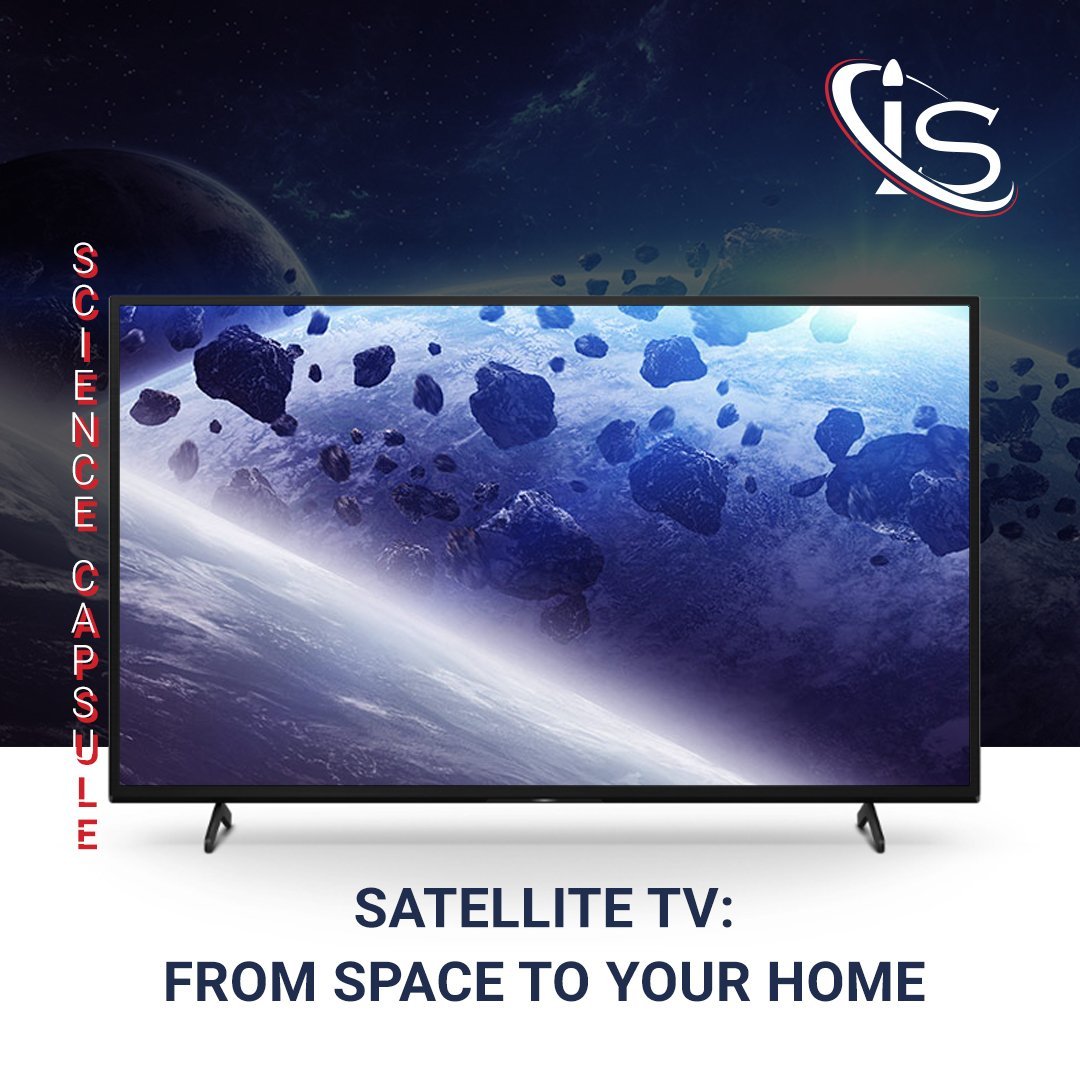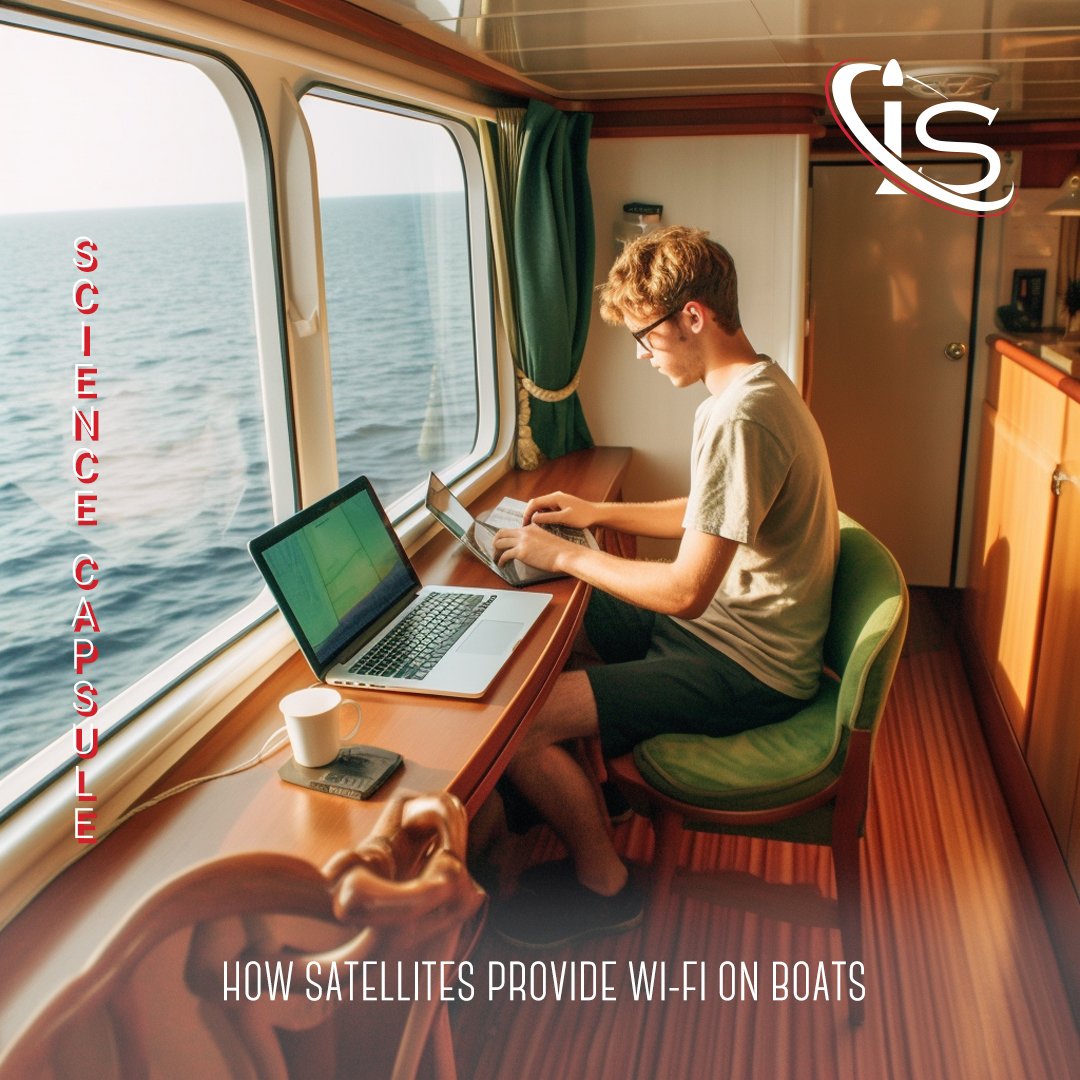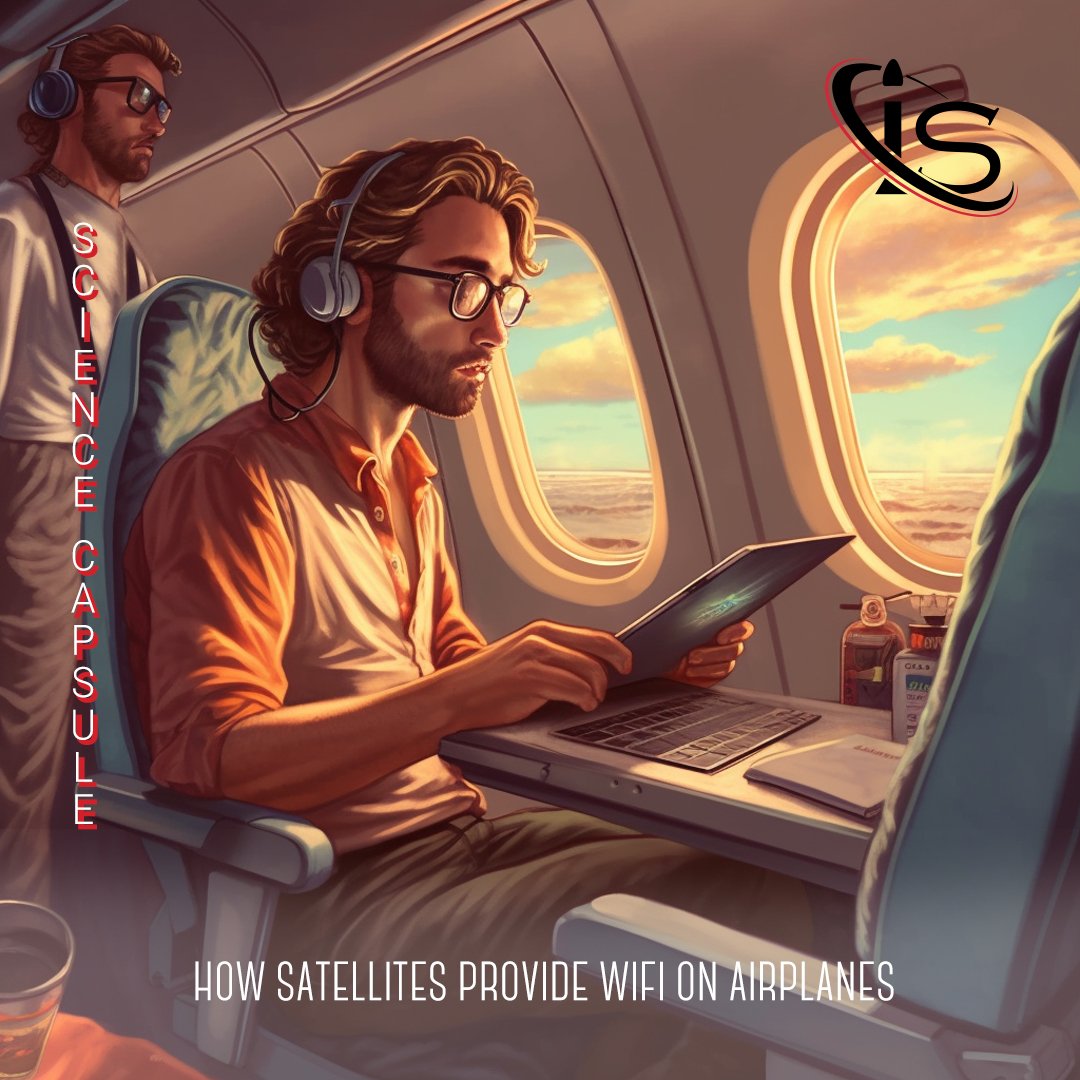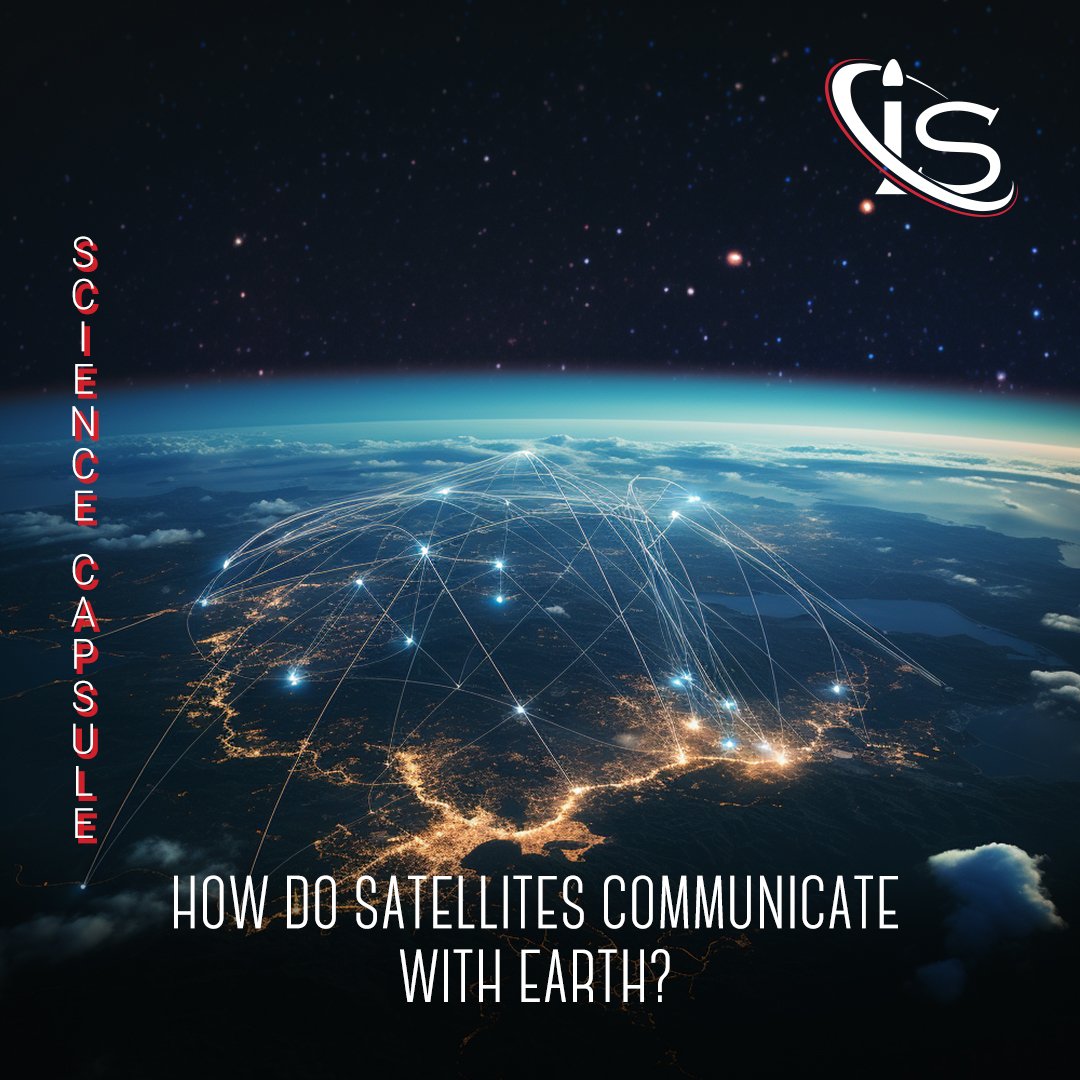Welcome to a new capsule! Today, we are going to try something a bit different than what we have done in the past. For the first time, we will try to fully analyze a satellite mega-constellation. If you like this new format, let us know in the chatbox what other constellations you would like to learn more about. At the end of the article, we will uncover who we have planned as the next protagonist for these “Uncovering a Constellation” posts. But for now, let’s start with the one that is most talked about at the moment. Let’s start with the analysis of Starlink, more specifically, the Starlink Satellite.
We decided to start with this constellation, in particular, because, just last month, SpaceX launched the last batch of first generation satellites. Something that we were able to admire in the skies.

What Is a Starlink Satellite?
Most likely, only people who are completely unaware of satellites — and the internet — have not heard of Starlink. Still, a quick recap is not a bad idea. And for anyone wanting a more in depth look at this part, you can check out our capsule on “Satellite Internet“.
Starlink is a satellite constellation produced by the American company SpaceX. Its goal is to provide an internet service with large bandwidth and low latency, in order to support streaming services, online games, and video call. This novelty in the world of telecommunications differentiates itself from what was done in years past for many reasons. The most important of which is the satellite’s orbit. This is because they are stationed in LEO — the first of their kind to do so — at around 550 km from Earth, as opposed to the usual geostationary orbit used by internet satellites.
This has two main consequences. The first is a very positive one, as the signal’s latency is much lower — going from 600 ms in GEO to 25 ms in LEO. The second, on the other hand, is the biggest hurdle faced by these satellites: a smaller coverage of Earth. However, this is where a mega-constellation of thousands of satellites comes into place…
What Numbers Are We Talking About?
The final target is 42,000 Starlink satellites orbiting Earth. However, we are currently nowhere near that.
The launch of this mega-constellation is made much simpler by SpaceX’s ability to deploy the best rocket on the market, Falcon 9. This spacecraft has already launched around 100 missions centered Starlink. Which shows how convenient it is to have it at your disposal.
During. these missions — which started in May, 2019 — 4940 satellites were launched, of which 4566 are currently in function (according to the database of Jonathan McDowell).
As we mentioned at the beginning of the capsule, the first generation part of Starlink finished launching on July 15th, 2023. At the same time, since February 27th, 2023, the second generation of satellites has started launching. These satellites, in particular, are called V2 Mini and are the smaller version of the Starlink ones envisioned to fly aboard Starship.
The Launch of a Starlink Batch
The number of satellites launched for every Starlink mission varies based on the weight and the deployment orbit. The second generation, for example, weighs more, meaning less of these satellites can be loaded onto Falcon 9. And for anyone curious, yes, not all of these end up in the same orbit. The classification will still be LEO, however, simply with different inclinations and altitudes.
Furthermore, the deployment orbits for Starlink are much lower compared to their operative ones. In fact, they are released just a little over 200 km above Earth. At this point their Krypton-powered engines — another trait unique to Starlink — will take them to their predetermined orbit.
The presence of engines allows for both maneuverability and higher orbits, as well as the ability to de-orbit.
How Do Starlink Satellites Orient Themselves in Space?
SpaceX has developed a very interesting tool: the Star Tracer. Thanks to this sensor system — present on every Starlink satellite — each machine can detect the stars around it to determine its own position, altitude, and orientation. This is crucial for something like the Starlink constellation, as it ensures no satellites will collide with one another.
What Will Happen to All These Orbiting Satellites?
Every Starlink satellite has been devised to have a lifespan of five years. After that, it will be replaced with a satellite that is basically a new and improved of it. Also, the machines that complete their activities will not remain in orbit as space debris — especially since the FCC has started enforcing the “5-Year Rule” for de-orbiting a satellite. Once the satellite’s activity has been concluded, its engined will ignite so that it may de-orbit and burn up in Earth’s atmosphere.
Other Differences Compared to the Past
One the big differences that we cannot fail to mention is the absence of a Gateway. At the time of writing this, Internet is rendered possible by a ground station that connects the user to the satellite. Starlink, on the other hand, lets the satellite and user communicate directly. This is possible thanks to a dense communication web between the Starlink satellites, which utilizes laser optics. This type of communication truly offers a global coverage.
How and Where to See the Starlink Satellites
This topic is a bit less technical than the rest of the capsule. However, we think it could be very interesting, as seeing Starlink in the sky above can be quite captivating and could bring more people close to our industry.
The first information to keep in mind is that the “Starlink train” can only be seen one to two days after the launch. After these 48 hours, the satellites will begin their ascent to their 550 km orbits. So, we suggesting keeping an eye on our Launch Schedule and Launch Archive. That way, you can always know if there are upcoming or recently completed launches.
After checking this information, we suggest using this Starlink tracking link. Here, you can enter the area that you are going to view the satellites from. The site will then tell you the times of Starlink’s passing. Furthermore, it will divide them into good, average, and poor visibility categories.
Previously, we used the word train. And that is because that is exactly what you will see in the sky. Depending on the mission’s number of launched satellites, this train could have more or less “wagons”. The one we saw had 54 and was an extremely long line in the sky.
An Unfortunate Side Effect
Unfortunately, each coin has two sides. And in this case, Starlink has opened a debate on the reduced visibility of space it caused, both because of its trains and the numerous number of satellites it places in orbit. But I will leave this topic to Ascanio, who is more informed on the astronomy side of things and is better able to discuss what could impact the visibility of outer space.
We would love to do a second part to this post. There, we could really delve into the details of Starlink’s technical characteristics, as well as the differences between it V1.0, V1.5, and V2.0 versions. Does that sound like something that would interest you? Let us know in the chatbox!
And now, for our second guest in our “Uncovering a Constellation” series. We have decided to “invite” OneWeb, who just made contact with the first second generation test satellite.
“See you” all next week, with more informative and (hopefully) enjoyable articles, right here, at impulso.space.





